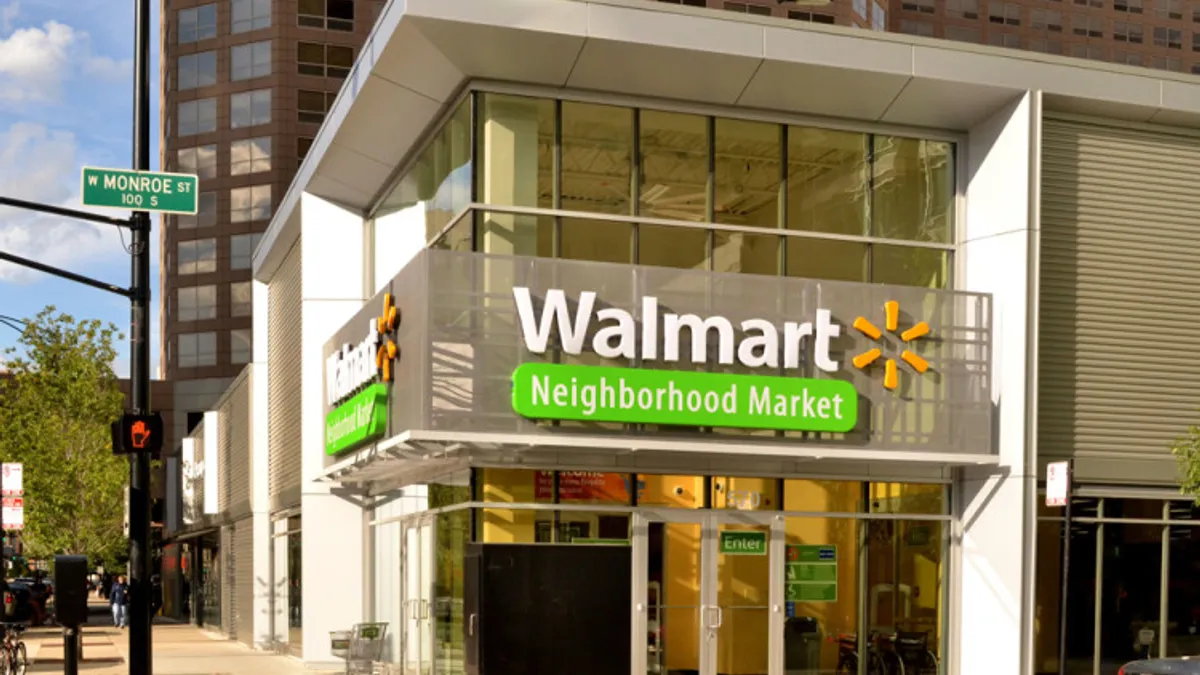Years after the proliferation of “big box” retail began, the tide seems to be turning, or at least ebbing, toward more condensed formats.
While there are victims of the trend shifting away from big-box stores, including Circuit City, many chains like Target, Wal-Mart Stores Inc., Office Depot, and Best Buy, while not abandoning the big-box approach by any means, are adapting by adding smaller more urban stores in the mix.
Influenced by a rising urban population and new real-estate possibilities, the biggest new trend in retail may be to go small. Here’s what’s happening.
Changing demographics
The latest United States Census found that America's urban population increased 12.1% from 2000 to 2010, outpacing the overall growth rate of 9.7% in that time. The $3-plus price for a gallon of gasoline that sprouted during President George W. Bush’s tenure was thought to be a passing casualty of the Iraq War, but, until recently, prices remained high. Public transit and other city conveniences make urban areas more appealing to many Americans, with more young people opting to live, and continue living, in cities.
This trend is leading chain retailers stores to reverse their tendency to invest so much in property located in far-flung areas of communities, and are developing smaller stores in more urban areas instead.
Examples include Target, which debuted its first 20,000 square-foot Target Express store in July last year, and Wal-Mart, with its 21 Wal-Mart Express stores and 381 Neighborhood Market stores nationwide.
Malls
American shopping malls are experiencing some of the same troubles as big box stores, with demographics and e-commerce taking their hits on the format. While many malls are doing just fine, especially as the economy improves, those that aren’t can start a vicious cycle. An anchor tenant closing can kill a mall, and vice versa.
Scaling down and untethering from a mall, meanwhile, can provide a wider array of real-estate choices for some stores, although doing so can also introduce more intricate planning logistics.
The 'Buy Local' movement
Smaller retailers nestled in urban environments are finding success, thanks in part to the “buy local” movement's appeal. Booksellers represent some of the best examples of this: Once written off as early victims of Amazon’s e-commerce disruption, in the past four years new bookstore openings have outpaced closings.
And nothing breeds success like success. With downtowns beginning to thrive again, retailers are heading to cities, and that includes chains like Target that had otherwise been popping up in the outskirts of town for years. More urban retailers can seem more vibrant to customers because busy locations offer a diversity of architecture and activity. By contrast, a new report from digital think tank L2 found that big box stores are big-boxed in by conventional thinking when it comes to the retail experiences they offer — both on and offline.
L2 looked at 64 big box stores in four categories: website and e-commerce, digital marketing, mobile and social media. Some 39% of the retailers' were found to "demonstrate gross conformity across a variety of brands and distinct business models."
But it's still a new experiment
Not long ago, this movement away from big-box stores seemed to be rapidly accelerating. But the big-box era isn't over. While it may make sense for large retail chains that have depended on big-box stores to shift to smaller formats in denser areas, it’s no slam dunk. Wal-Mart, for example, has boosted its string of its smaller Neighborhood Market and Express (recently rebranded also as “Neighborhood Market”) stores, but they’re not yet doing much for the bottom line, according to analysis this year by Goldman Sachs.
For many smaller towns and more rural areas, big box stores remain convenient. And the area's infrastructure is still set up to accommodate them.
“The suburbs are basically saturated with retailers,” Patrick L. Phillips, chief executive of the research nonprofit Urban Land Institute, told the New York Times. “But it’s easy to develop stores in the suburbs, and hard to develop stores in cities.”













